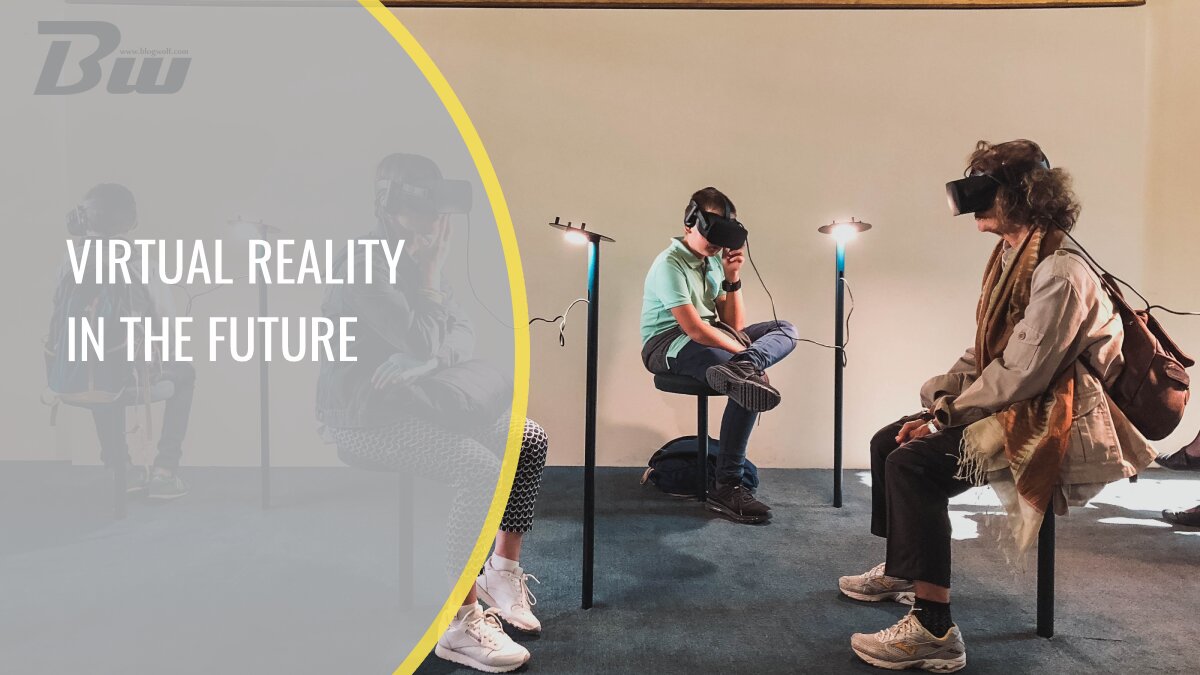Table of Contents
Virtual reality is popular, but sometimes it can be difficult to navigate which virtual reality experiences are worth trying.
VR opens up a world of possibilities, and it will be exciting to see what happens next. We’ll likely experience an increase in VR games that are thrilling and give us new ways to interact with the environment around us. However, there is so much more potential than simple entertainment. From increased educational opportunities for children who can’t easily access schools from their homes due to disabilities.
Also, even health problems which make them sick at school like asthma. Accessible employment where people don’t need cars or public transportation because every job site becomes virtualized.
Thanks to telepresence robots, social interactions without logistical limitations allow you to feel as if someone else was physically present. Even though they were not, with all these fantastic possibilities on our horizon, we have only scratched the surface before.
What is Virtual reality (VR)?
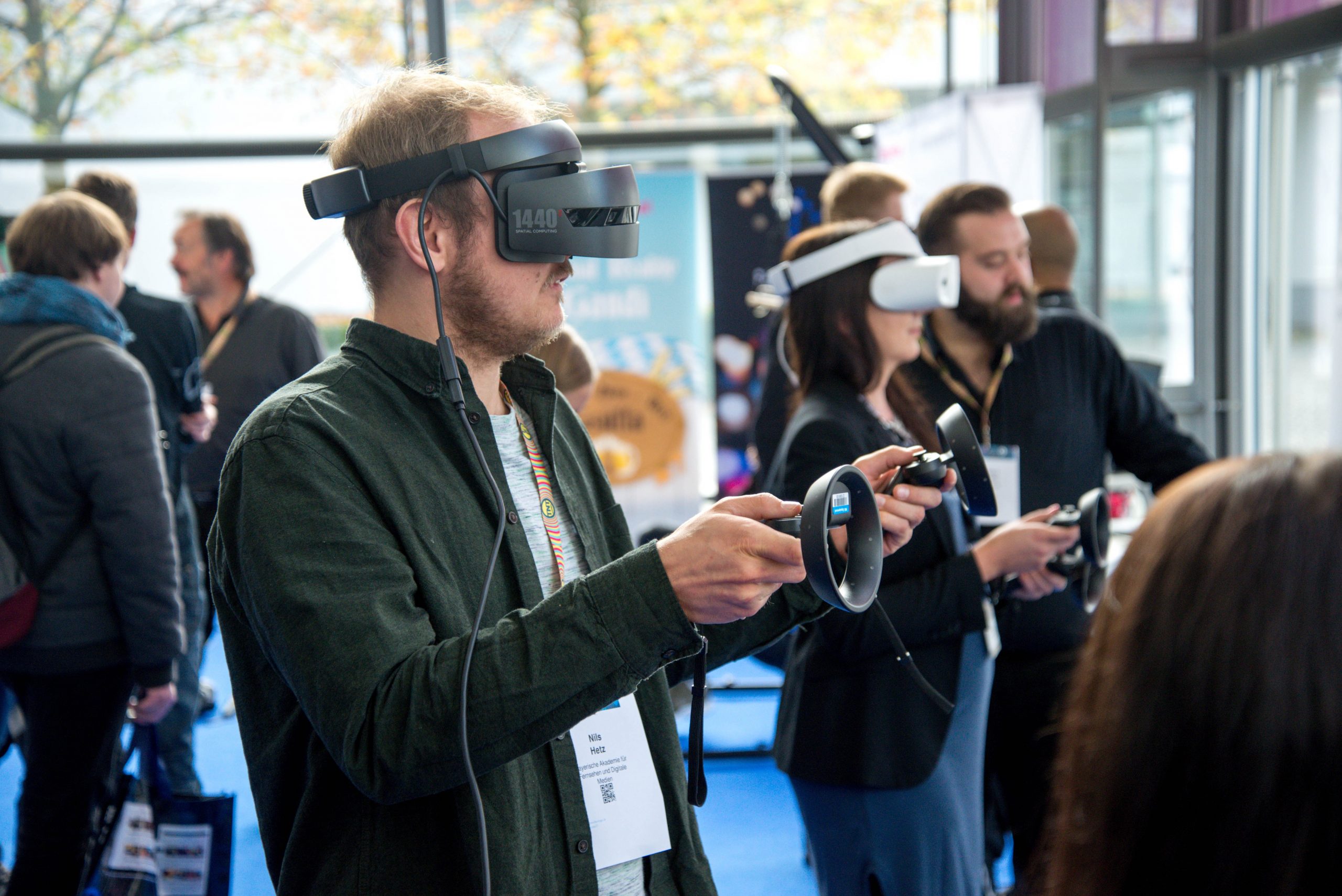
Virtual reality (VR) is an immersive experience that blurs the line between natural and artificial. Standing high up gives you a fear of heights and makes you feel like something will hit your head.
With VR developers working on expanding access to sensory hijacking, we can soon expect a greater range in our immersive experiences. Simultaneously, the gadgets used for accessing these virtual worlds will become less expensive and lighter so that friction is eliminated from an experience. Also, this way more people can easily enjoy this new technology.
I believe that virtual reality (VR), augmented reality (AR), and mixed reality (MR) will be the most transformational technologies in the next five years. Other technological developments, such as super-fast networking, will enhance VR as a cloud service similar to consuming music or movies. Artificial intelligence(AI) could provide more customized virtual worlds to explore while also lifelike avatars to share our experiences.
The Teslasuit
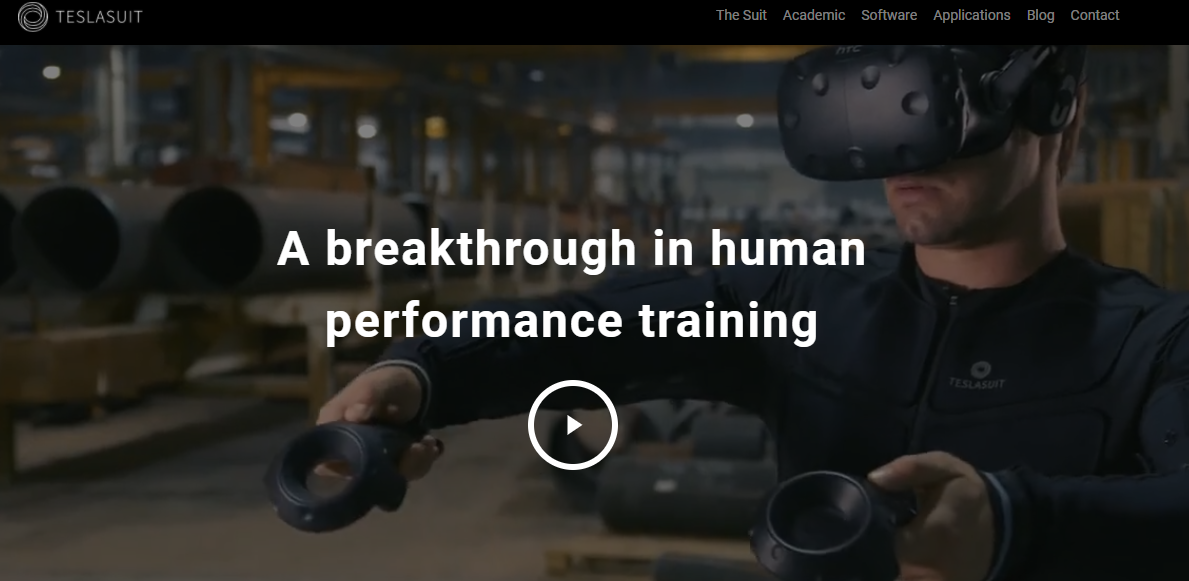
The Teslasuit is a full-body suit that can increase immersion via the sense of touch. While this technology was originally being developed for NASA astronaut training, it has many other applications. Because it provides biometric sensors to monitor heart rate and sweat, among other signs, and haptic feedback. The potential use cases are limitless with technologies like these!
Virtual reality company in UAE uses VT training to mimic dangerous situations and test how the employees would react. For example, it has used virtual reality in preparing its retail employees for Black Friday by teaching them to function well during crowded store settings with long lines of consumers.
By practicing proper safety procedures, the students and inexperienced recruits can decrease the financial risks of entrusting equipment or machinery.
VR in the Workplace and Industry
The need to maintain a work atmosphere that encourages cooperative work. And also, the development of corporate culture is complex with the widespread adoption of remote working. VR-based solutions are rapidly gaining traction as means for addressing these issues.
Ericsson, a multinational corporation specializing in communication technology and has given Oculus VR headsets to workers who work from home for virtual reality meetings during the epidemic, is working on establishing “the Internet of Senses.”
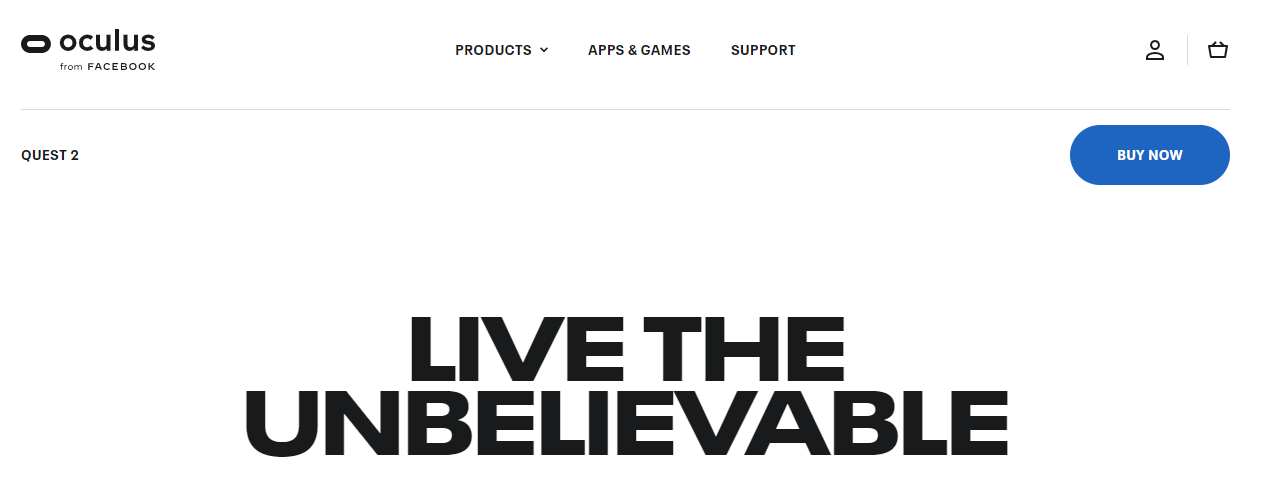
Also, this entails creating projects that simulate touch, taste, smell, and things like heat or cold. In 2030 it’s predicted humans will be able to enter digital worlds where all five senses seem entirely genuine at once.
However, this will lay the foundation for the “dematerialized office,” where we can transform our surroundings into fully interactive and collaborative workspaces. And just by slipping on a headset or other gadgets as needed.
VR as a Tool for Socializing
New technology (such as VR) will make virtual social networks increasingly practical to consumers in the next decade. Facebook recently launched its Horizon platform, which enables users to create collaborative digital environments. Users can hang out, play games, and collaborate on projects in these virtual spaces.
The world is becoming more digitized as we move forward into the future. Facebook’s new website provides an innovative opportunity for people around the globe to connect through a form of social media. It is also important to mention that we didn’t have a chance to see that before.
While the shift towards a more virtual world is inevitable, meaningful interactions with people didn’t exclude us. As technology advances and evolves to become even better, our social lives will slowly develop as well.
Of course, there’s virtual reality in gaming and entertainment.
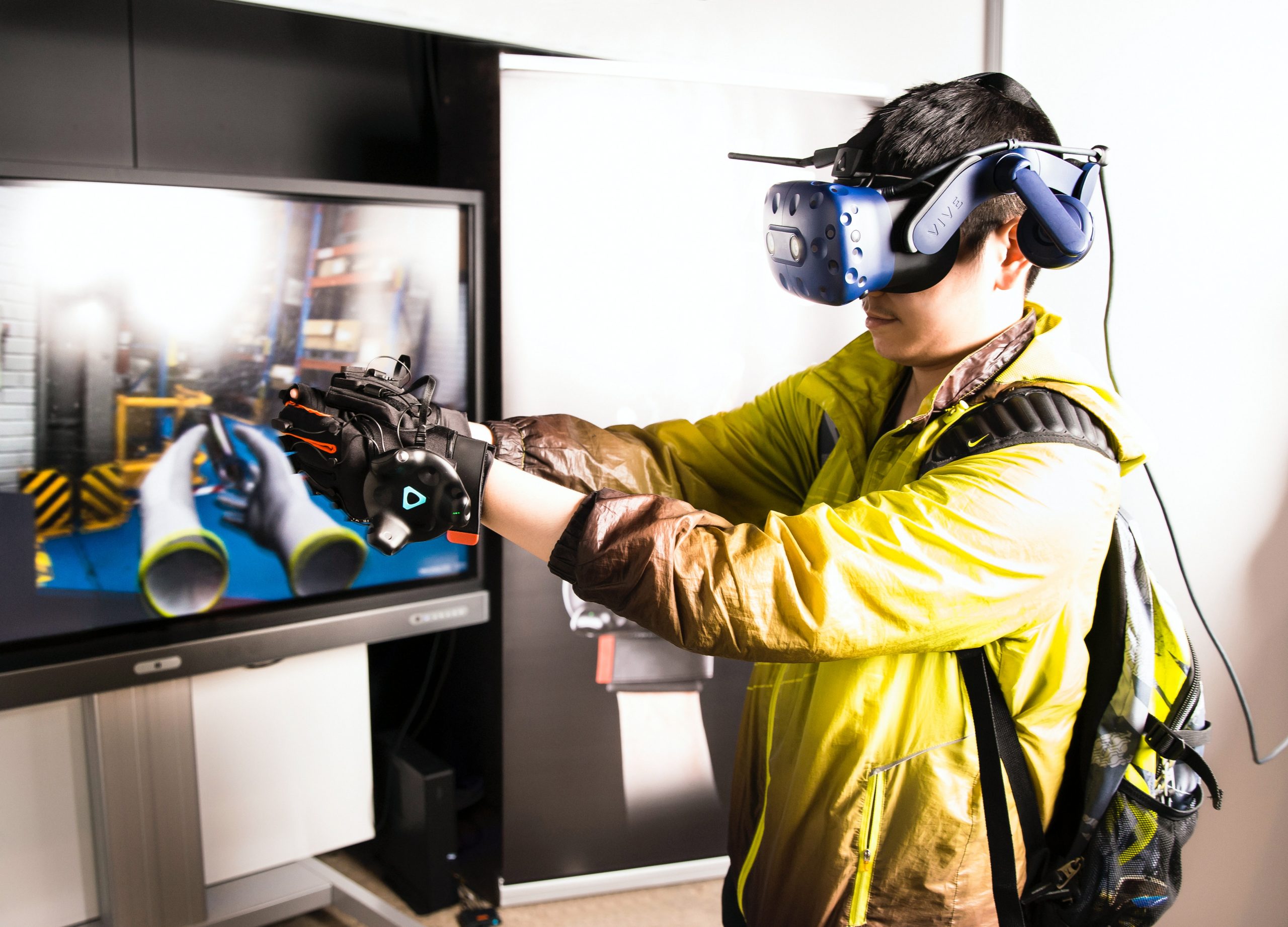
What everyone predicted was that virtual reality would be the most popular platform for gaming in 2018. VR games allow you to live out your fantasies and create an extraordinary experience by immersing yourself in a new world as if it was real life. With such high demand, major game developers are making sure they have their versions of these experiences.
Also, they make them available on multiple platforms so all gamers can enjoy them regardless of what device or operating system they use. Furthermore, this is one reason why there’s been a rapid advancement in technology related to this field over the past few years. It’s simple because people are willing to pay big bucks for top-quality entertainment like never before seen!
Sandbox

At a Sandbox VR facility, participants can take advantage of technology that is impractical to use in the home and experience some of the most realistic virtual reality than ever produced before.
The five games each offer a different space-themed experience, including one licensed from Star Trek. Players can either collaborate or fight it out together using full-body haptic feedback suits.
Conclusion
There are two markets for virtual reality entertainment consumption — at least in its early stages. Most immersive and stunning technology is enormous, costly, and needs technical expertise to operate. Stay-at-home options like movies will give you something less unique but more accessible.
Until we get closer to having a Star Trek holodeck inside our houses! It’s more feasible to provide this type of VR experience in specialized venues than staying home.

